Scientists and engineers at SLAC National Accelerator Laboratory have announced that work on the most powerful camera ever built has been completed.
The 3,200-megapixel Legacy Survey of Space and Time camera (LSST) is the size of a small car and weighs around 3,000kg. The camera will soon be installed into the newly-completed Vera C Rubin Observatory in Chile, and over the next ten years will start to build an amazingly detailed image of the Southern Hemisphere sky.
Also involved with the construction of the camera were Brookhaven National Laboratory, which built the camera's digital sensor array, Lawrence Livermore National Laboratory, which designed and built lenses for the camera, and the National Institute of Nuclear and Particle Physics at the National Center for Scientific Research in France.
“With the completion of the unique LSST Camera at SLAC and its imminent integration with the rest of Rubin Observatory systems in Chile, we will soon start producing the greatest movie of all time and the most informative map of the night sky ever assembled,” said Director of Rubin Observatory Construction and University of Washington professor Željko Ivezić.
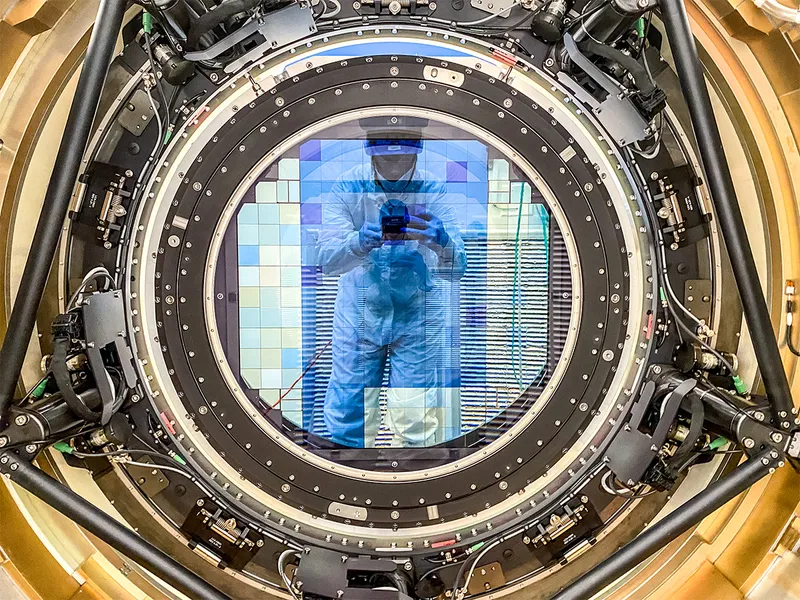
This new camera is so powerful that it will be able to image the entire visible sky every 3 to 4 nights and discover up to 20 billion new stars and galaxies over the next decade. It would take hundreds of ultra-high-definition television screens to show one image produced by the camera at its maximum resolution.
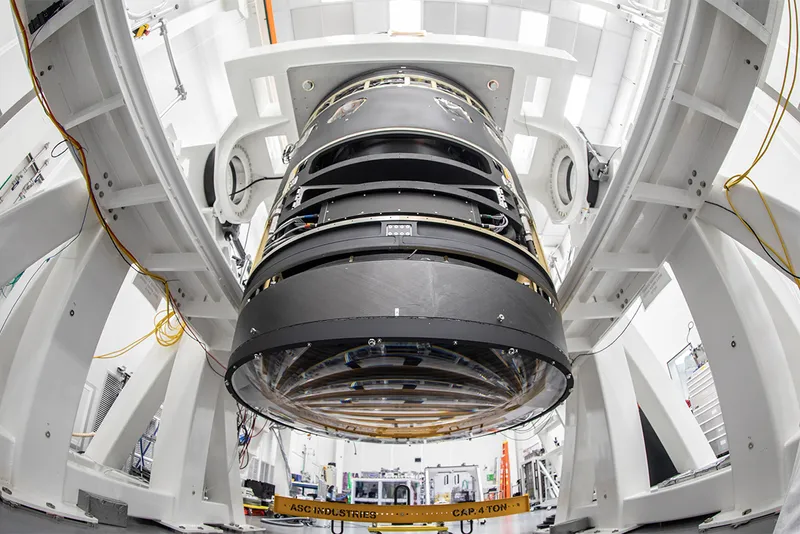
It is hoped that by building up a detailed picture of the skies of the Southern Hemisphere, the camera will help to fill in the blanks from observations of the Universe so far, building up a clearer picture of galaxy distribution. This new data could shine more light on some of the biggest mysteries facing astronomers today, such as the true nature of dark energy and dark matter.
To achieve this, the LSST camera will look for signs of weak gravitational lensing, which occurs when massive galaxies subtly bend the light from more distant background galaxies. Astronomers will then be able to use this data to study the distribution of objects in space and how it has changed over time, building up a detailed picture of the evolution of the Universe.
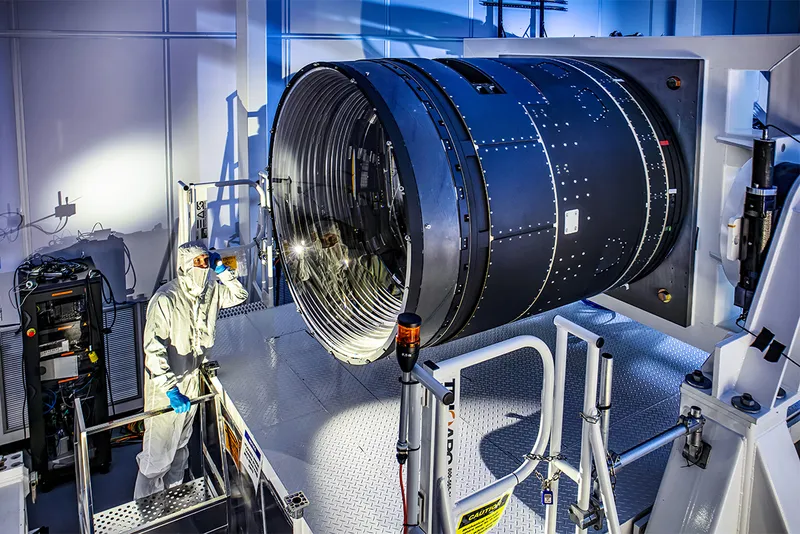
Researchers also believe the camera will help them build up a more detailed map of small objects in our Solar System, which could help identify threats from asteroids and other near-Earth objects.
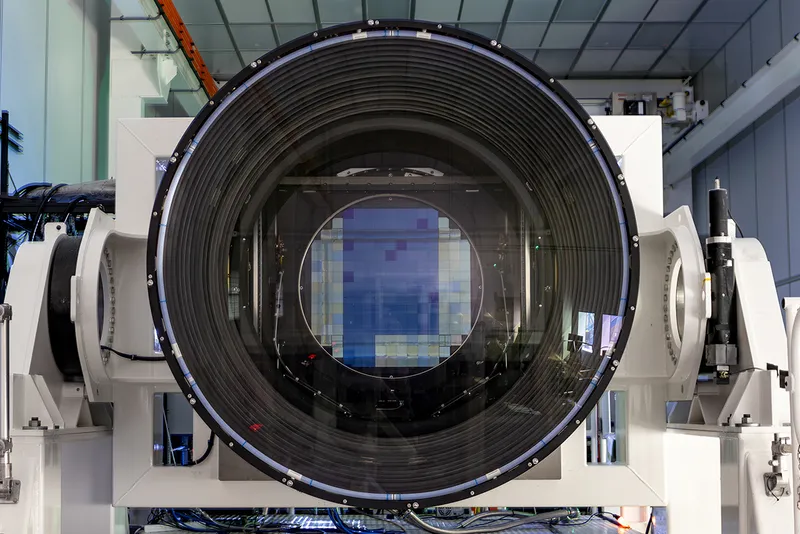
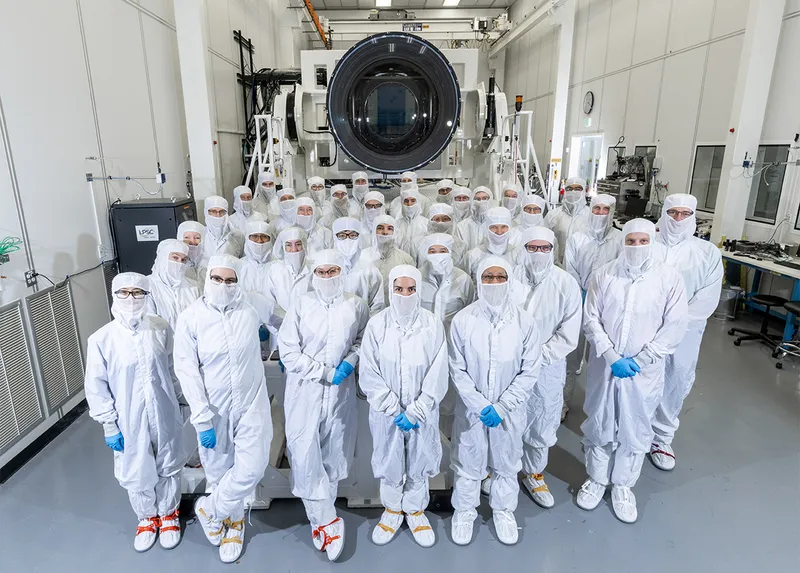
The Vera C Rubin Observatory – The camera's new home
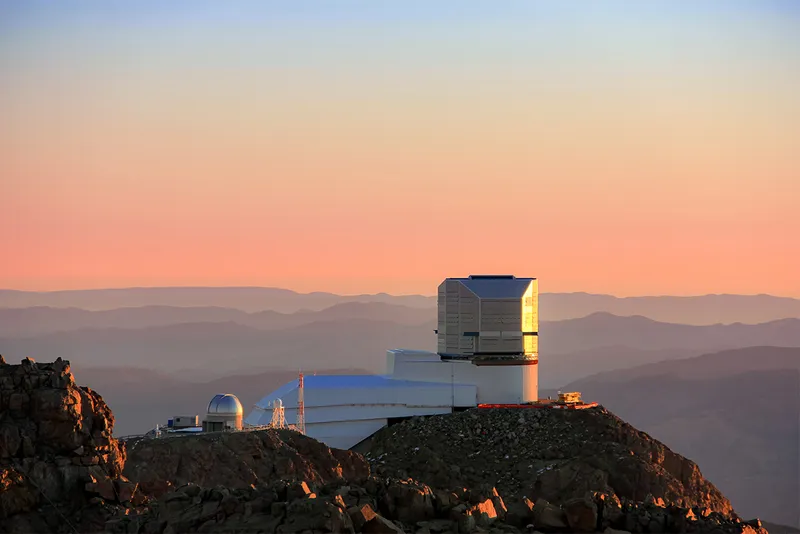
Now that the LSST camera is finished, the next step will be to transport it to its new home. The installation will be completed later this year following a careful journey up steep Andes mountain roads to the Vera C Rubin Observatory, 2,737m above sea level.
It is expected that the camera will start to take its first images early in 2025, and the public will get its first taste of its capabilities by 2027.
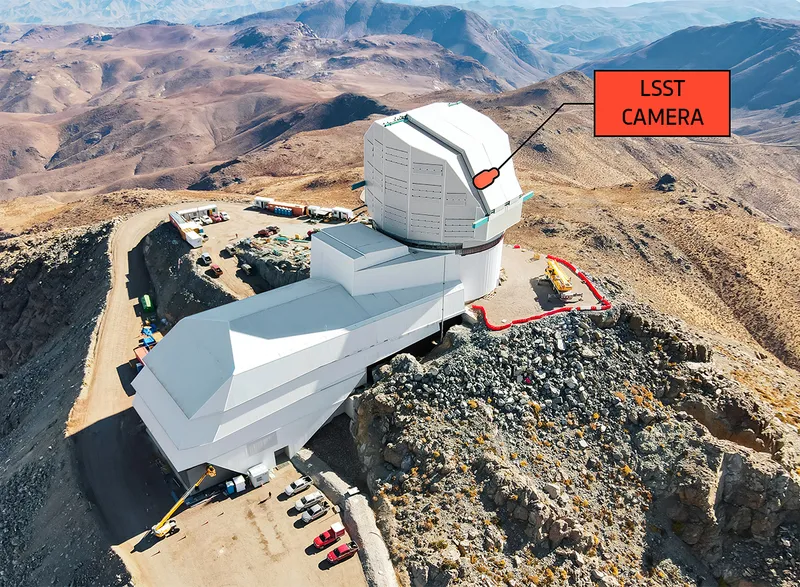
About our expert:
Željko Ivezić obtained a PhD in physics from the University of Kentucky in 1995, where he worked on dust radiative transfer models and wrote the code Dusty. He moved on to Princeton University in 1997 to work on the Sloan Digital Sky Survey, and took a professorship at the University of Washington, Seattle, in 2004. Željko’s scientific interests are in the detection, analysis and interpretation of electromagnetic radiation from astronomical sources. His current obsession is the Rubin Observatory/LSST project, for which he serves as the Construction Project Director (and formerly, as the LSST Project Scientist).
Read more: